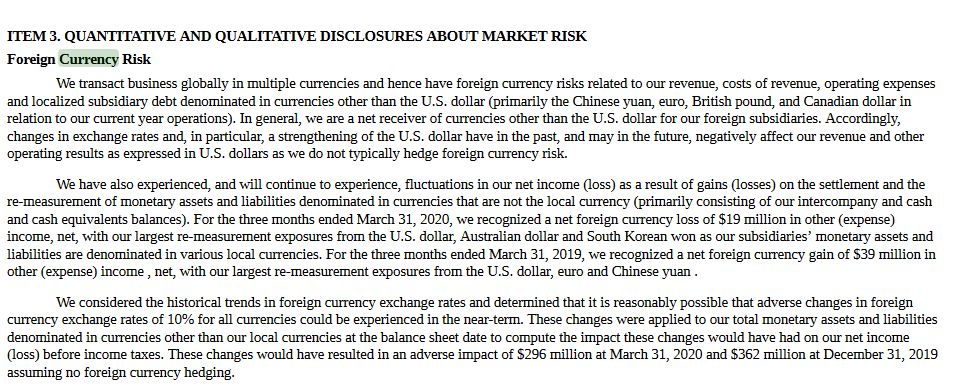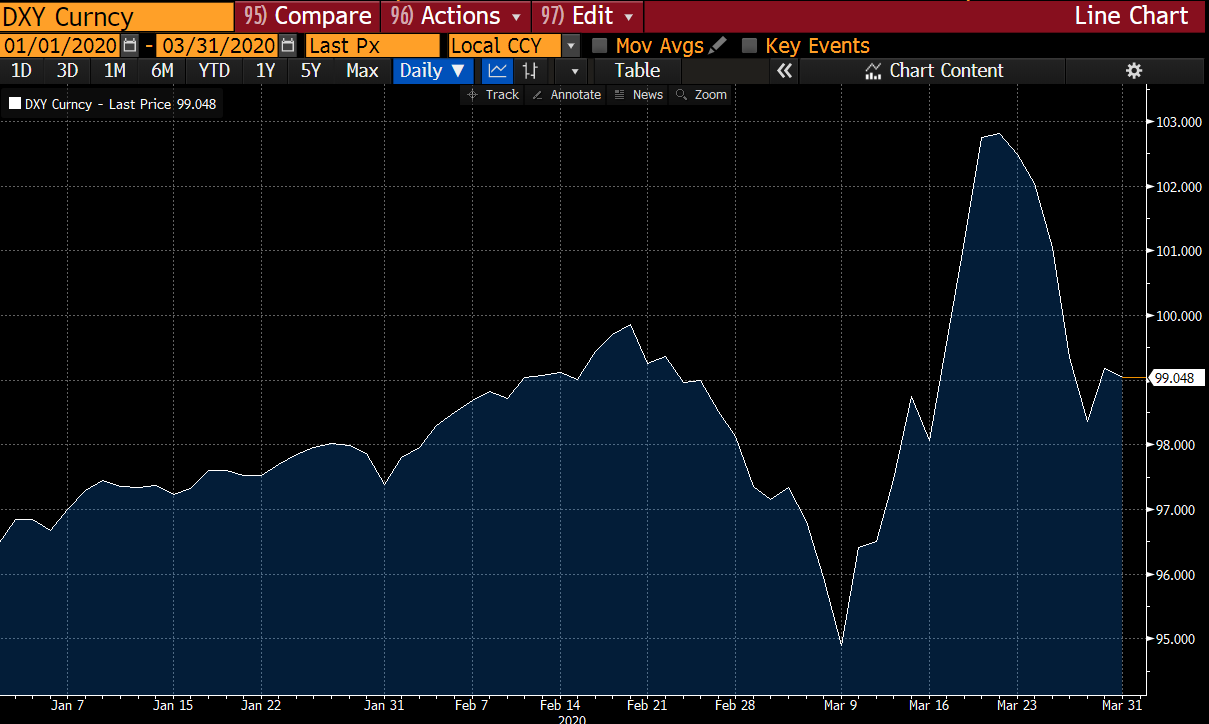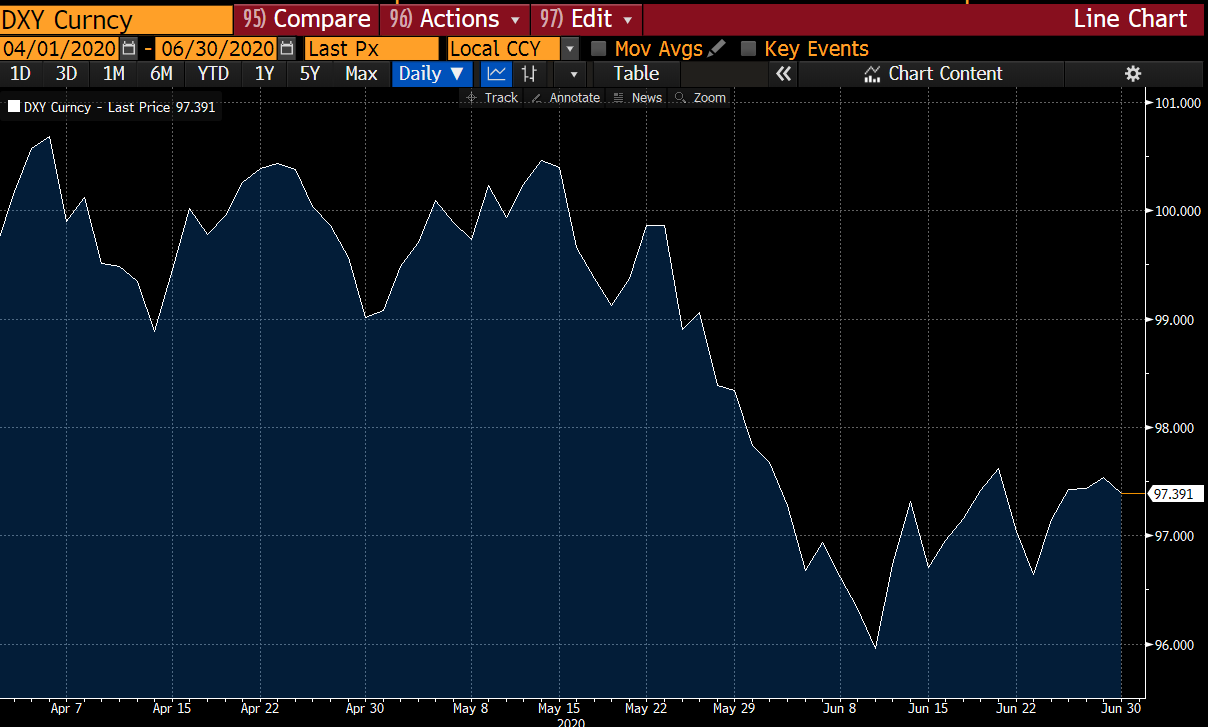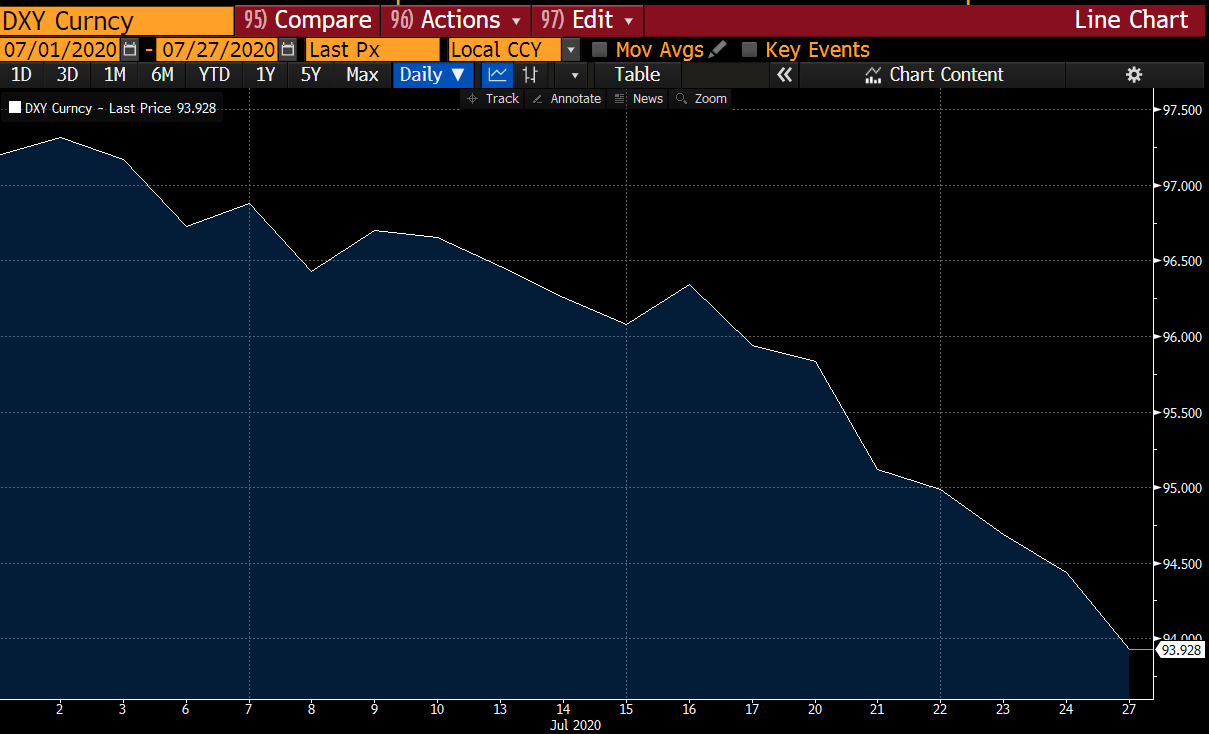The Accountant
Active Member
I’m trying to wrap my head around this. Let’s simplify it for me to better understand.
If I have a $3B factory, 30 year life, and let’s just say we use straight line depreciation, then I would depreciate it by $100m every year and that would go against yearly P/L. If I now idle that factory for a year, don’t I simply do the same $100M depreciation charge? Why would anything change? I mean, in normal times, doesn’t that depreciation expense have to flow to the P/L somehow even if it goes through inventory? Help!
Or are you just talking about charges to the computed automotive gross margin?
You make a very valid point but I gave a short-cut explanation so that non-accountants may undertand better.
Everyone has a different level of accounting knowledge so please don't think I am talking down to you.
I am going to explain this in simple terms not only because Cost Accounting is complex but because other members reading this may not understand accounting principles.
Let use these numbers:
Fremont Q1: Fixed Costs of $300m and 86,000 cars produced = $3,500 fixed costs per car
Fremont Q2: Fixed Costs of $300m and 50,000 cars produced = $6,000 fixed costs per car
Because of the shutdown with only 50,000 cars produced, margins were hurt by $125m.
The fixed costs per car in Q2 is higher by $2,500 ($6,000 - $3,500 = $2,500)
Since cost per car is higher in Q2 vs Q1 - then 50,000 autos at a higher cost of $2,500 = $125m
Once Q3 gets back to 86.000 unit or higher, margins will improve by $125m (as mentioned earlier this could be as high as $250m)
Now...your confusion was valid. I won't do the math here but if Idle Capacity Accounting was not applied, about $88m of the $125m would have been expensed anyway to the P&L as cars were sold but about $37m would have been on the balance sheet with the 15,000 cars remaining in inventory. Tesla uses FIFO (First In - First Out) Method for inventory.
But my main point is that we will see margins improve by $125m to $250m in Q3 as production ramps back up and fixed costs per car decline back to $3,500.
Everyone confused by now? I am!









